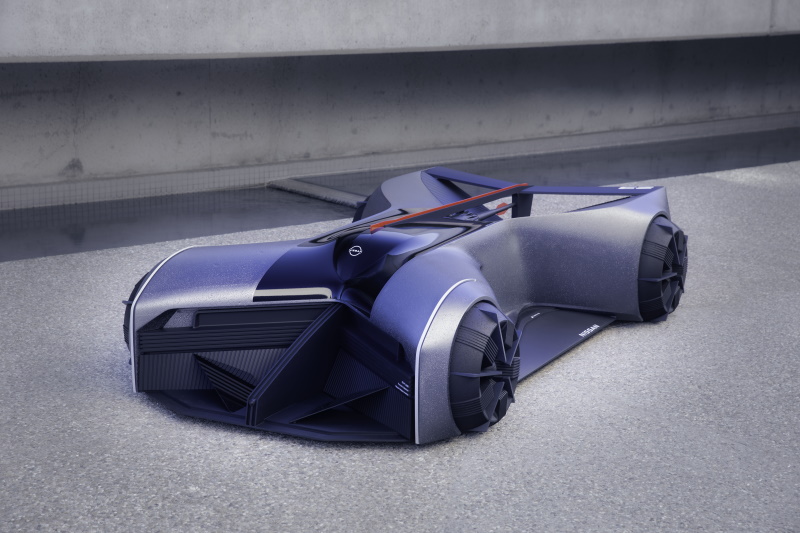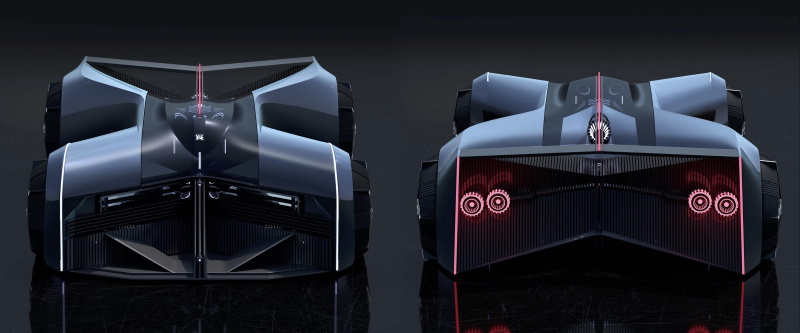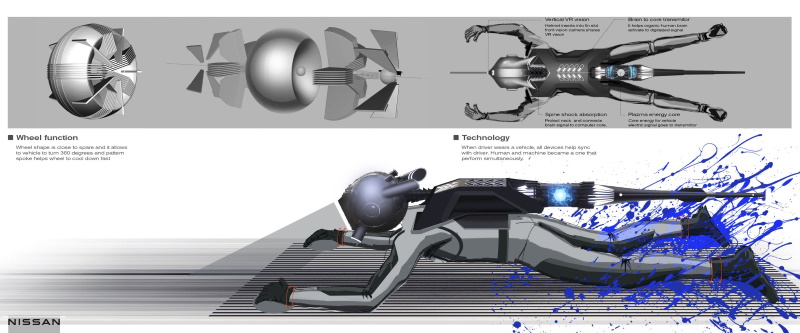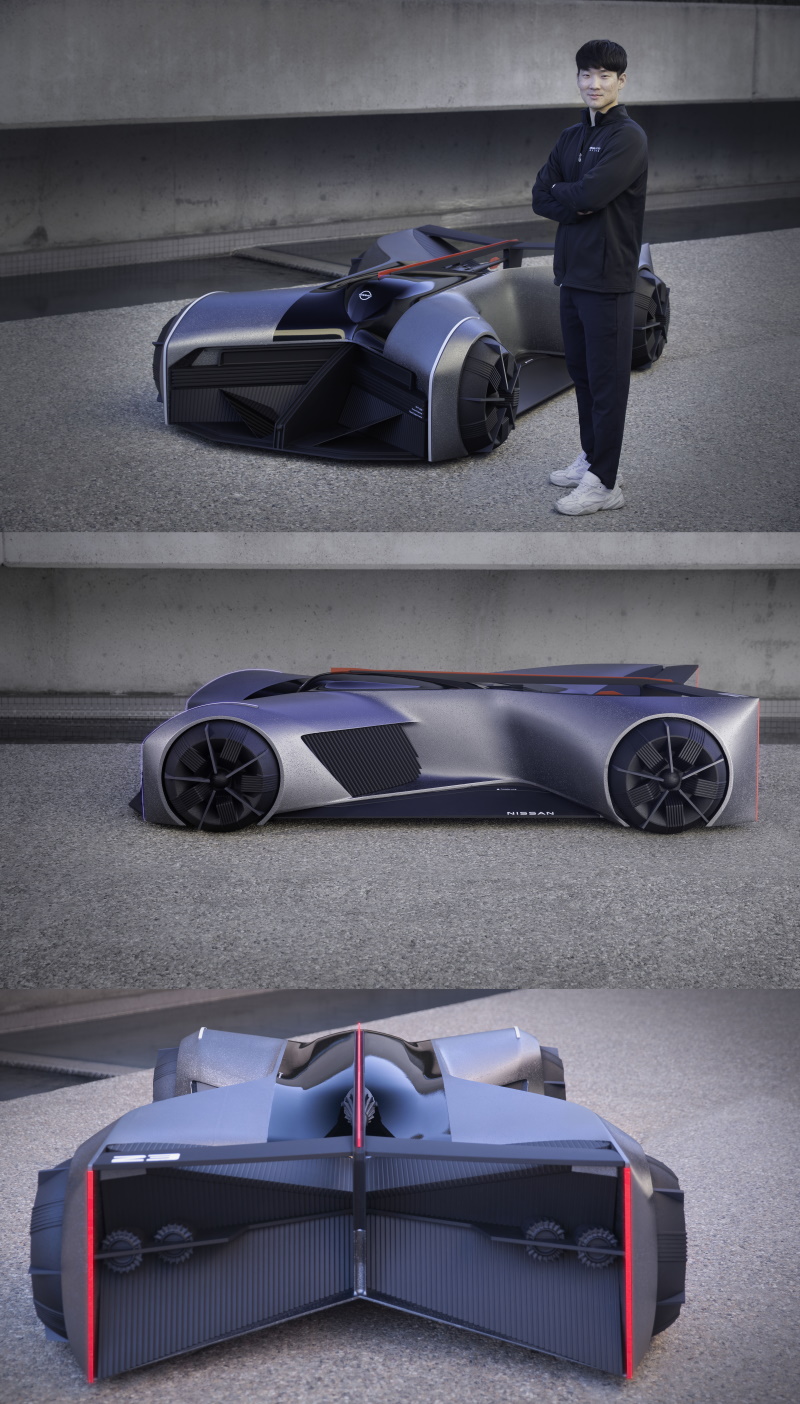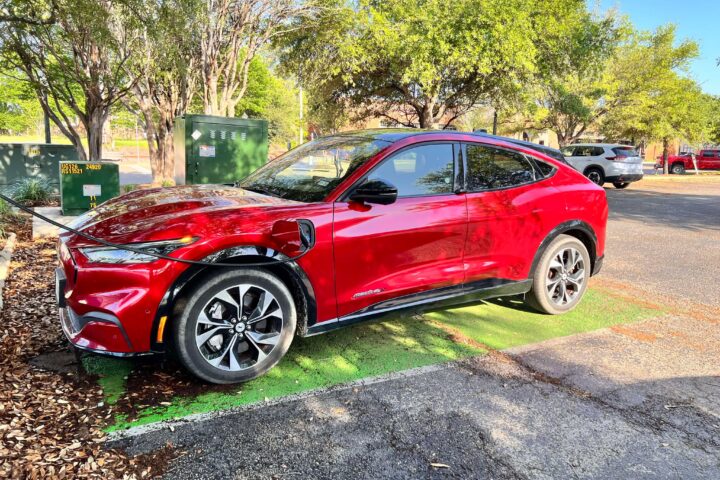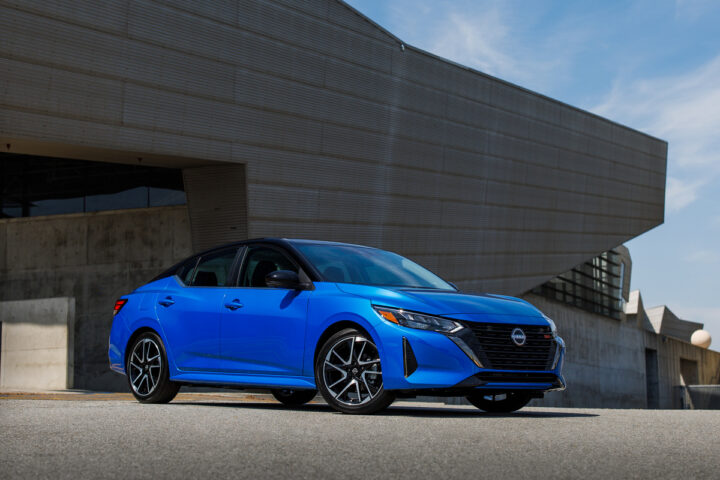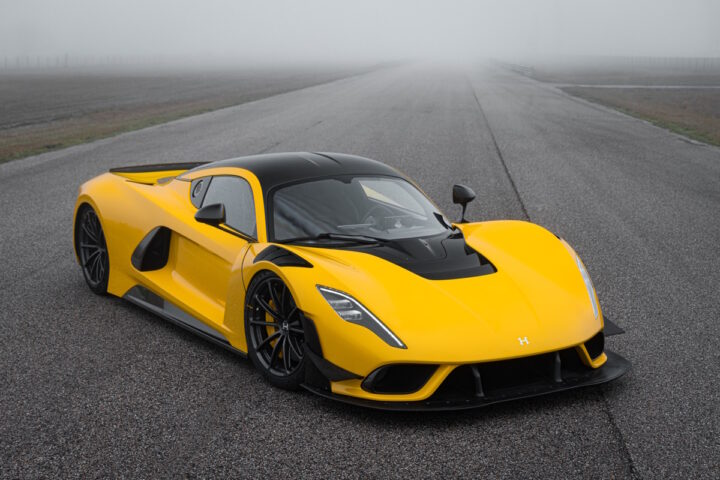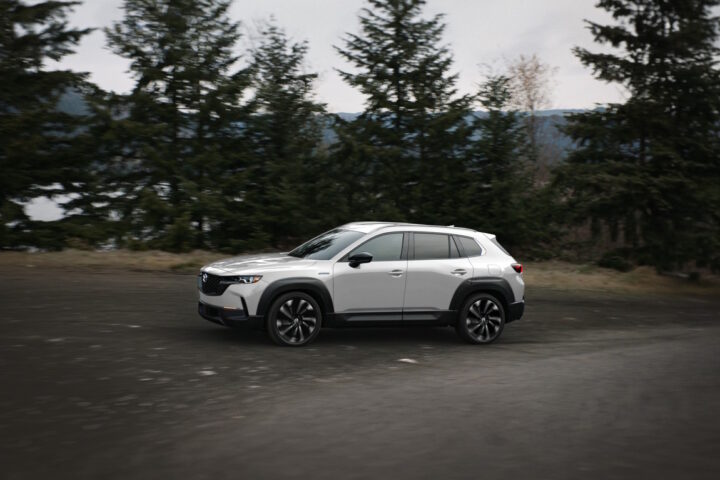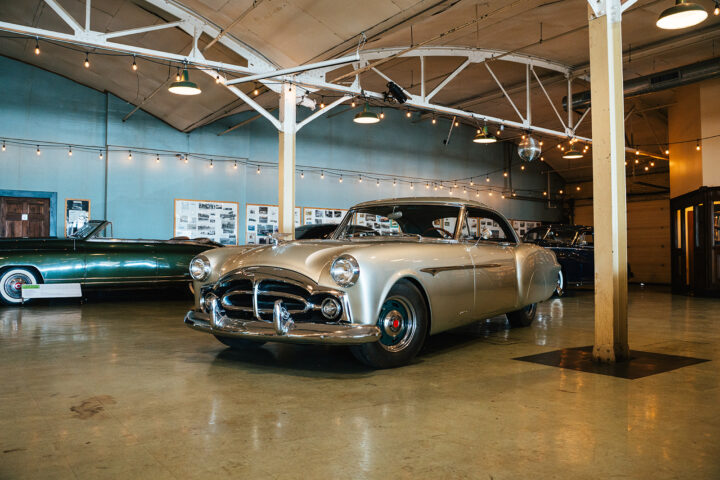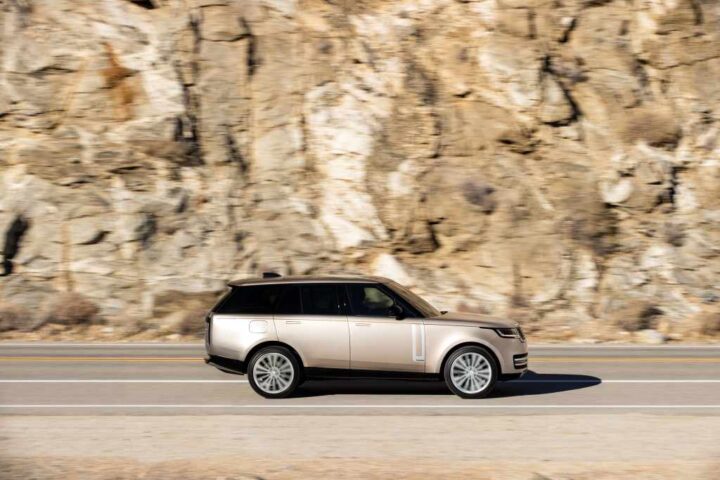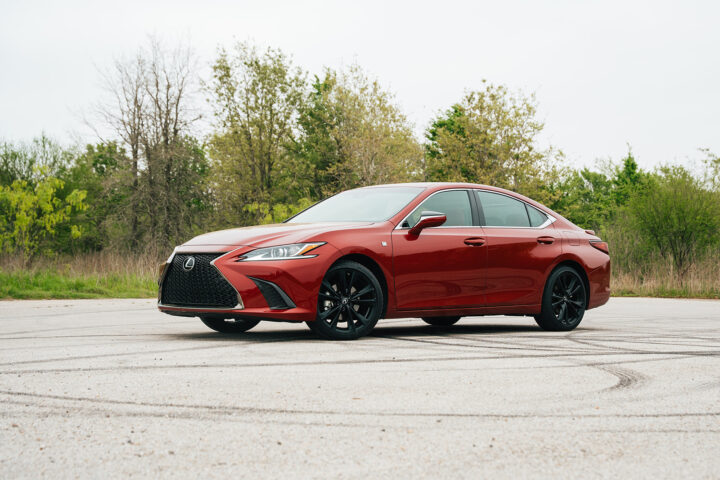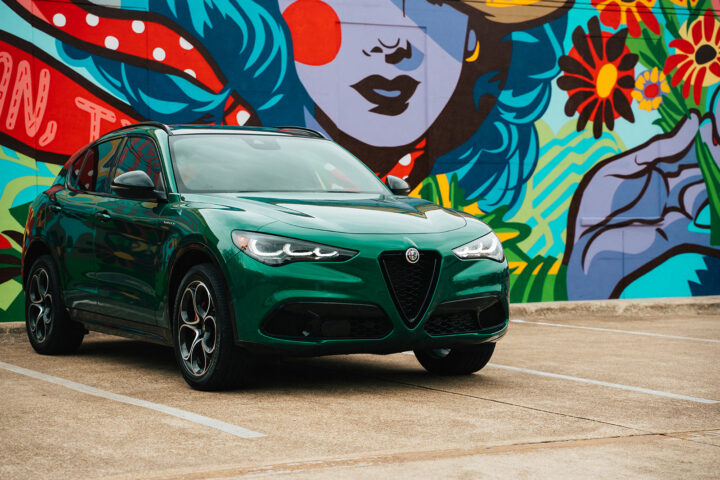TGR Staff
Future car designer Jaebum “JB” Choi was still decades away from being born in Seoul, South Korea. A lot can change in 50 years. Choi, like many of the graduating seniors at ArtCenter College of Design in Pasadena, Calif., looked to the future for his final thesis. He reimaged what the Nissan GT-R might look like in 2050, for a design study in what he sees as the future autonomous era. The choice was fitting as Choi, an intern at Nissan Design America, was given the green light to bring his vision for the “Nissan GT-R(X) 2050” to life in the form of a full-scale model.
The completed project runs just under 10 feet long and sits just over two feet high. The single occupant, the driver, rests horizontally in a “prone” position with limbs extended in an X-shape. The driver wears a futuristic, form-fitting suit and helmet that resembles a superbike riders’ protective helmets and leathers.
As a “wearable machine,” Choi envisions that connecting the human brain to the computer would provide better performance than ‘ordinary’ self-driving cars. He says the vehicle imitates the shape of the human body so it can efficiently protect the brain. Choi’s futuristic project still takes cues from the current Nissan GT-R – namely its bold, dramatic surfaces, monolithic body volumes and V-motion design features. It also has iconic GT-R taillights and red-striped accents of the GT-R NISMO.
Another unique element is the GT-R styled helmet and “docking” suit. The helmet was designed to be inserted into a slot for front vision camera shared with VR vision. A brain-to-core transmitter would help the human brain activate digitalized signals.
The GT-R(X) 2050 also deploys an active wing that would add downforce when extended. The wings fold so the driver can get in and out of the car.

